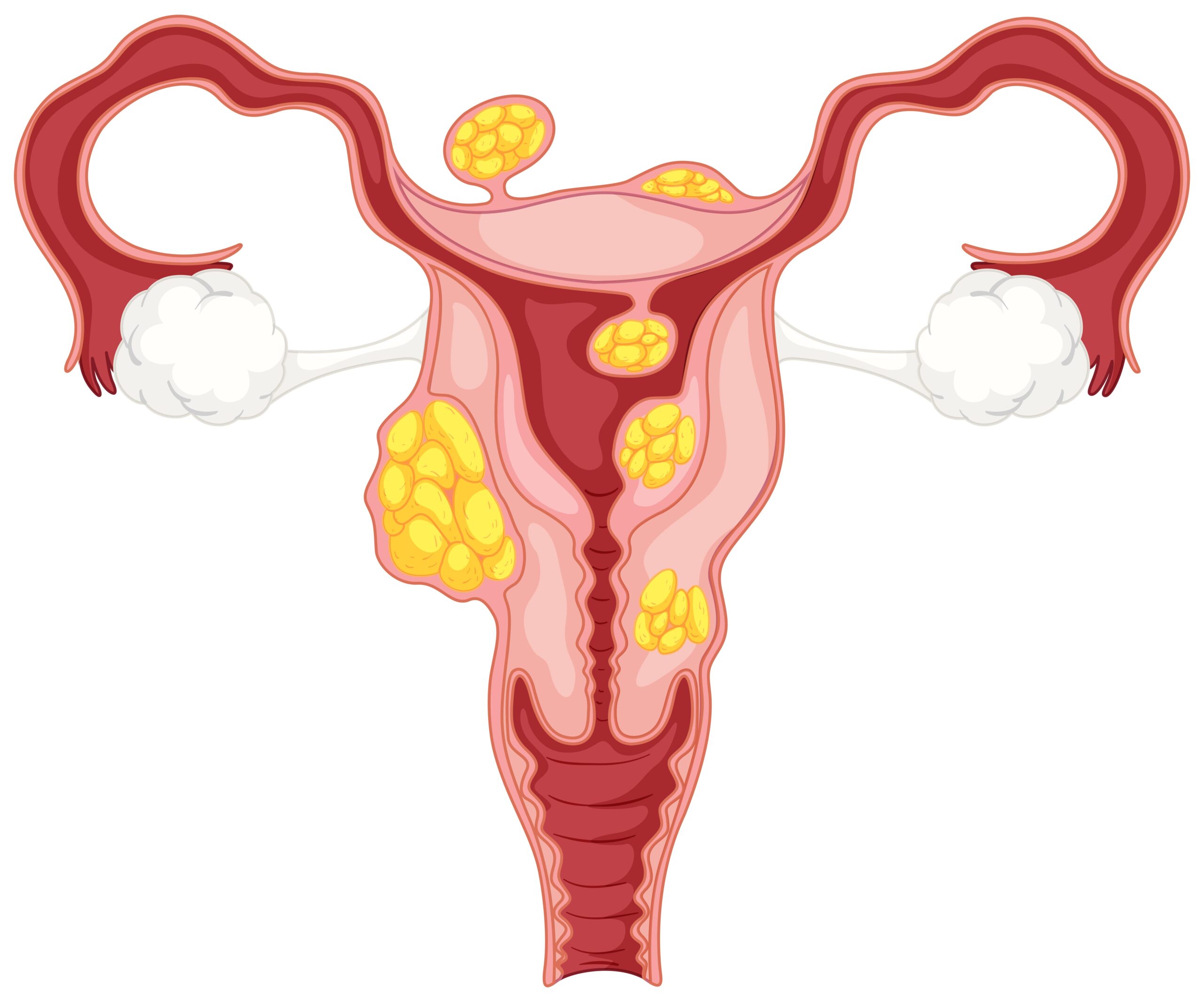Uterine fibroids are non-cancerous growths in the uterus that can cause a range of uncomfortable symptoms, such as heavy menstrual bleeding, lower back pain, and pelvic pressure. Living with fibroids can make it challenging to stay physically active, but incorporating suitable exercise into your routine can provide relief, improve overall well-being, and even reduce the severity of symptoms.
In this blog, we’ll explore four exercises beneficial for individuals managing uterine fibroids. These activities are gentle on the body and can easily be adapted to fit your fitness and energy levels.
Walking for Wellness
Walking is a great, low-impact activity that could be recommended to manage uterine fibroids. It could further enhance cardiovascular health, improve circulation, and contribute to weight management, thus alleviating fibroid symptoms.
A regular brisk walk for 20-30 minutes can fight fatigue, boost energy, and improve mental well-being. Therefore, do not forget comfortable shoes, preferably flat surfaces with no bumps. Start to accelerate in the rhythm and duration of steps as fitness improves.
Stretching for Relief
Stretching offers a gentle yet effective way to manage symptoms of uterine fibroids. This practice can improve overall flexibility and help release tension in the muscles surrounding the pelvis and lower back. Engaging in static or dynamic stretches, such as pelvic tilts or seated forward bends, can ease stiffness and improve your ability to perform daily activities comfortably.
This can be achieved by including stretching into your routine and maintaining consistent practice in the morning or evening.
Yoga for balance
Yoga offers a gentle yet practical approach to managing uterine fibroids. This practice combines physical postures with mindfulness techniques to relieve pain and promote relaxation. Specific poses like child’s pose, cat-cow stretch, and bridge pose can target the back and pelvic area, where fibroid-related pain is often felt. Deep breathing exercises incorporated into yoga sessions can further reduce stress.
To maximize the benefits, starting with beginner-level poses and gradually progressing, avoiding poses that put pressure on the abdomen is recommended. Short, regular practice sessions of 15-20 minutes can be a great way to begin your yoga journey.
Strength Training for muscle build
Incorporating light resistance training into your routine can help you build strength and improve muscle tone. Stronger muscles can better support your body, reducing the strain on your lower back and pelvis often caused by fibroids. Use light weights, resistance bands, or bodyweight exercises like squats and lunges to engage major muscle groups.
Focus on exercises that strengthen your core and lower body without overexerting yourself. Start with light weights or resistance bands and perform 2-3 sets of 10-12 repetitions for each exercise. Avoid heavy lifting that could increase abdominal pressure.
Partnering with Healthcare Professionals
Managing uterine fibroids will require exercise, proper nutrition, and medical care to manage their formation and growth. It would be best to ask a healthcare professional for advice if you do not know what sort of exercises might be best for your condition.
At Vascular Health LLC, we appreciate the many challenges of life with uterine fibroids. Whether you need help managing symptoms or simply coming to terms with your treatment options, we’ll stand with you to reach optimal health.




